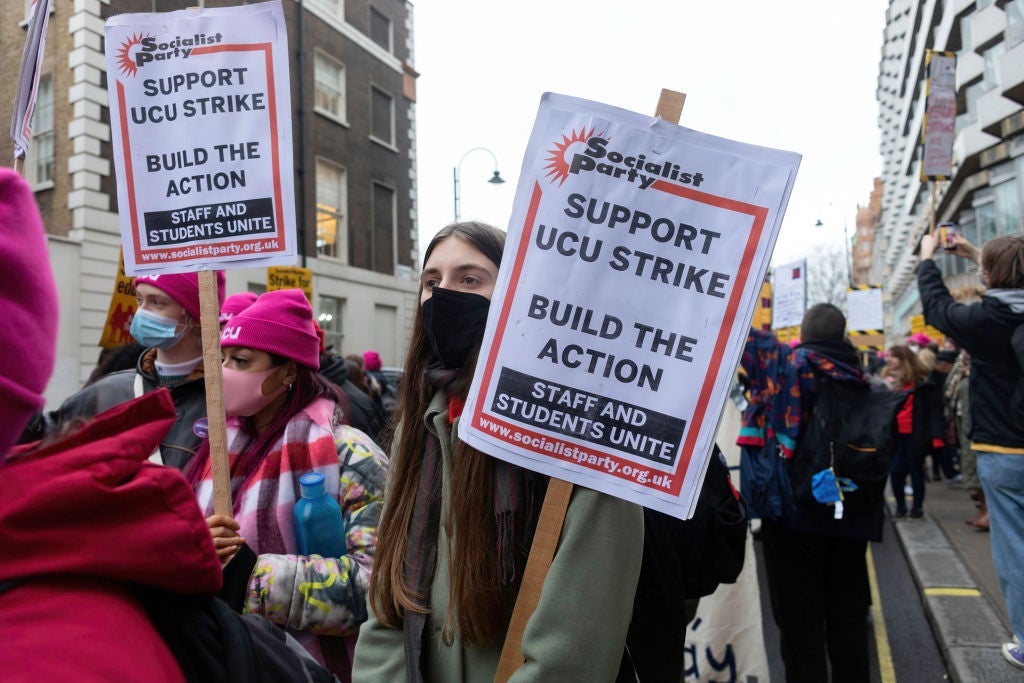
As governments scramble to clamp down on inflation, central bankers have returned to old certainties. Interest rates are rising, with the US Federal Reserve predicting three years of rising unemployment as a result.
The strategy is a familiar one: unemployment must rise so that inflation can fall. The basic model underlying this most central of central bank axioms is the Phillips Curve, which posits an inverse relationship between unemployment and price increases. When unemployment is low, the thinking goes, workers have the bargaining power to demand higher wages, pushing up costs for businesses, who then pass these on to consumers through higher prices.
Until a few months ago, however, the Phillips Curve appeared to be on its deathbed. Since the 1990s, inflation has borne strikingly little relationship to unemployment. This puzzle became most pronounced in the decade following the global financial crisis, when dizzyingly low unemployment was combined with continually below-target inflation.
In 2017, former Federal Reserve governor Daniel Tarullo went so far as to say that “we do not, at present, have a theory of inflation dynamics that works sufficiently well to be of use for the business of real-time monetary policy-making”.
Is the Phillips Curve back in business?
Central bankers may have returned to their old ways in the face of the current inflationary crisis, but the questions raised about the Phillips Curve over the past decade are more important than ever.
Those questions are the subject of a recent paper by two economists at the US Federal Reserve, who have attempted to tease out the reasons behind the demise of the Phillips Curve since the 1980s. What they found was that the model was missing a crucial variable – trade unions.
How well do you really know your competitors?
Access the most comprehensive Company Profiles on the market, powered by GlobalData. Save hours of research. Gain competitive edge.

Thank you!
Your download email will arrive shortly
Not ready to buy yet? Download a free sample
We are confident about the unique quality of our Company Profiles. However, we want you to make the most beneficial decision for your business, so we offer a free sample that you can download by submitting the below form
By GlobalDataWhen trade unions are weaker, the researchers argue, so is the relationship between unemployment and inflation. The reasoning is simple enough: low unemployment increases worker bargaining power, but it is unions that realise this bargaining power in the form of wage agreements.
If unions and businesses are closely matched in their bargaining power, the paper suggests, inflation will ensue. Businesses facing strong unions but little market competition can maintain their markups by simply raising prices. Unions respond in kind by demanding wage increases to compensate for inflation, and the cycle continues.
Before Ronald Reagan and Margaret Thatcher came to power in the US and UK, respectively, the researchers show that unions and companies were indeed almost evenly matched on both sides of the Atlantic, giving rise to exactly this kind of wage-price spiral. During and after the 1980s, however, anti-union legislation and the rise of globalisation combined to shift power overwhelmingly towards companies.
Based on their model, the researchers show that such a decline in trade union power could, in the absence of any interest rate hikes, reduce inflation volatility by 87%. Based on this decline in worker bargaining power, the researchers also found they could explain a number of other secular trends in advanced economies: rising inequality, rising profit share, falling investment and the rise in stock market capitalisation.
The widely observed fall in the natural unemployment rate, the rate compatible with stable inflation, is also well-explained. Essentially, employing workers becomes more profitable because companies keep a higher share of each worker’s output.
Central banks did not defeat inflation
When it comes to prices, the implication is that central banks have taken too much credit for the defeat of inflation in the 1980s. The real story was one of class conflict – a conflict eventually resolved firmly in favour of business owners.
Today’s inflation could hardly be more different. Unions may be on an upswing across the Atlantic, but they remain a shadow of their former selves. Rock-bottom unemployment isn’t expected to enable workers in the UK to bargain their way out of a 3.4% real wage cut, nor to allow workers in the US to fight back against the fastest fall in real wages in four decades.
Nominal wages in some sectors have risen significantly, but aggregate price rises in the UK remain concentrated largely in areas exposed to the ongoing energy crisis (namely, housing and transportation). In the US, the picture is more mixed, with the generous fiscal support provided during the Covid-19 pandemic likely playing a larger role.
In either case, the current episode of inflation is a sign of economies making a one-off readjustment – whether to a reduced supply of energy or a greater supply of cash. The erosion of real wages is a sign that today’s workers, unlike their parents, have little strength to fight their corner as this adjustment takes place.







